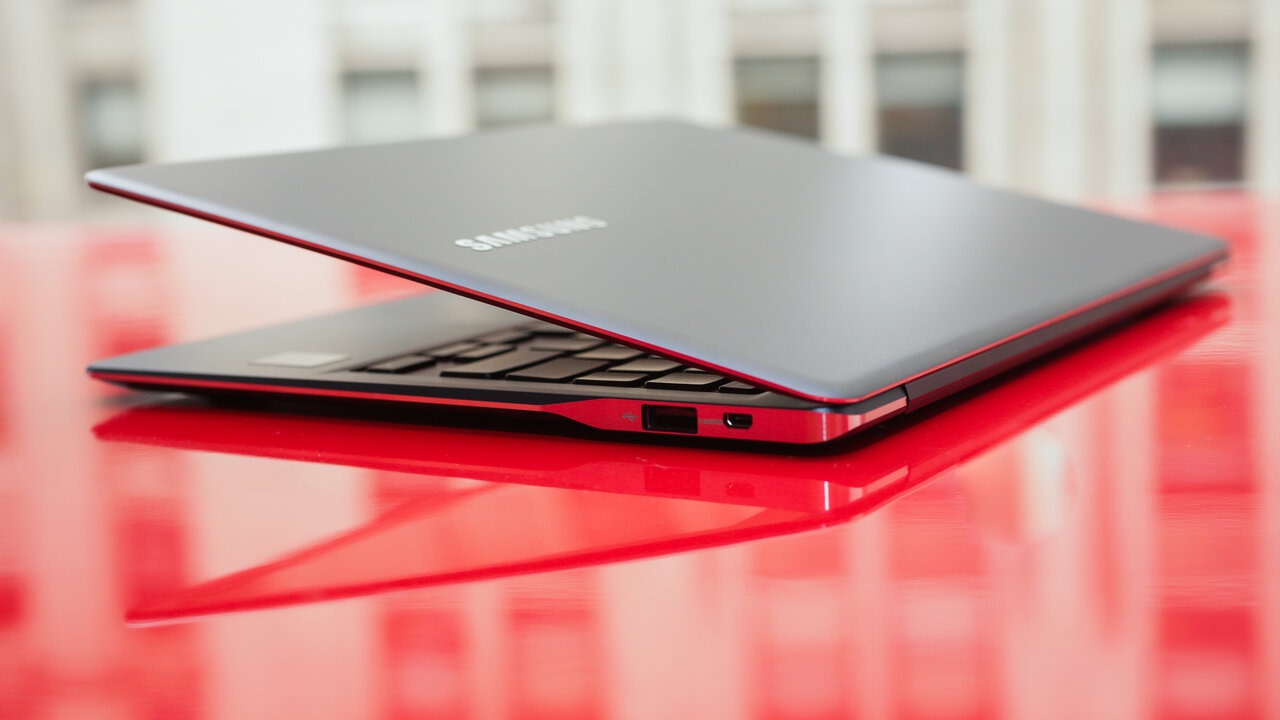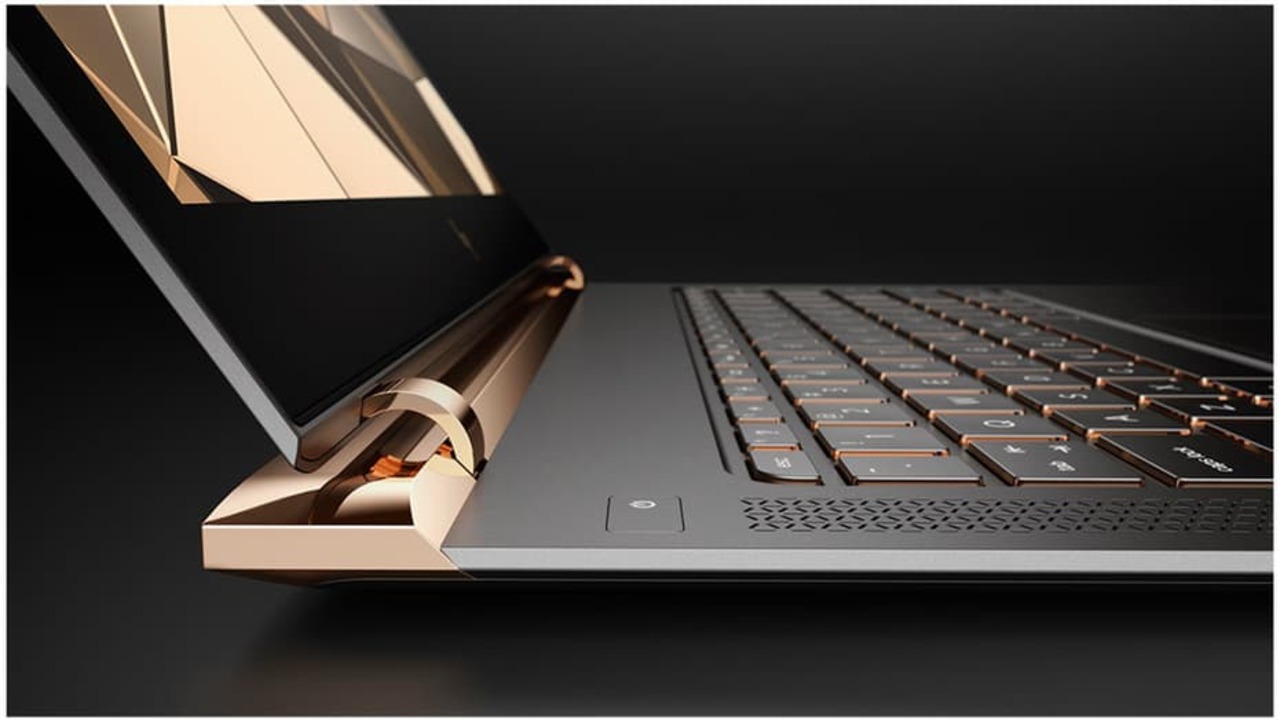Thin and light laptops may seem attractive in terms of aesthetics and portability, but they have many disadvantages in practical use.
Is it a mistake to buy a thin and light laptop?
First of all, smaller cases mean smaller batteries. Although manufacturers try to compensate for this with efficient chips and software optimizations, battery capacity is also limited due to limited physical space. The battery life of these devices decreases rapidly, especially during intensive workloads.

In terms of performance, thin designs often compromise cooling systems, limiting the high power consumption of processors. Fanless devices such as Apple’s MacBook Air M2 operate quietly, but they experience a performance decrease as they heat up. Even ultrabook models with fans can experience similar performance loss during intensive operations.
In addition, keyboard and trackpad comfort are often secondary in thin laptops. Due to surface area limitations, the keys can be shallower and harder, making it difficult to type for long periods. Apple’s old butterfly mechanism keyboards can be shown as one of the best examples of this problem.
Thin devices also impose restrictions in terms of ports. Fewer USB ports, the removal of HDMI or SD card slots, and other changes force users to use dongles and adapters. This adds to the cost and portability.
Finally, thin laptops are generally less repairable. The soldering of RAM and storage units to the motherboard makes it impossible for users to upgrade their devices. The gluing of batteries also makes it difficult to replace them. Moreover, some manufacturers limit third-party repairs by making repairs available only to authorized service centers.
For all these reasons, compromising performance, battery life, and ease of use for portability may not be a logical choice for everyone. A slightly thicker but more powerful and durable laptop is a better option in the long run.













